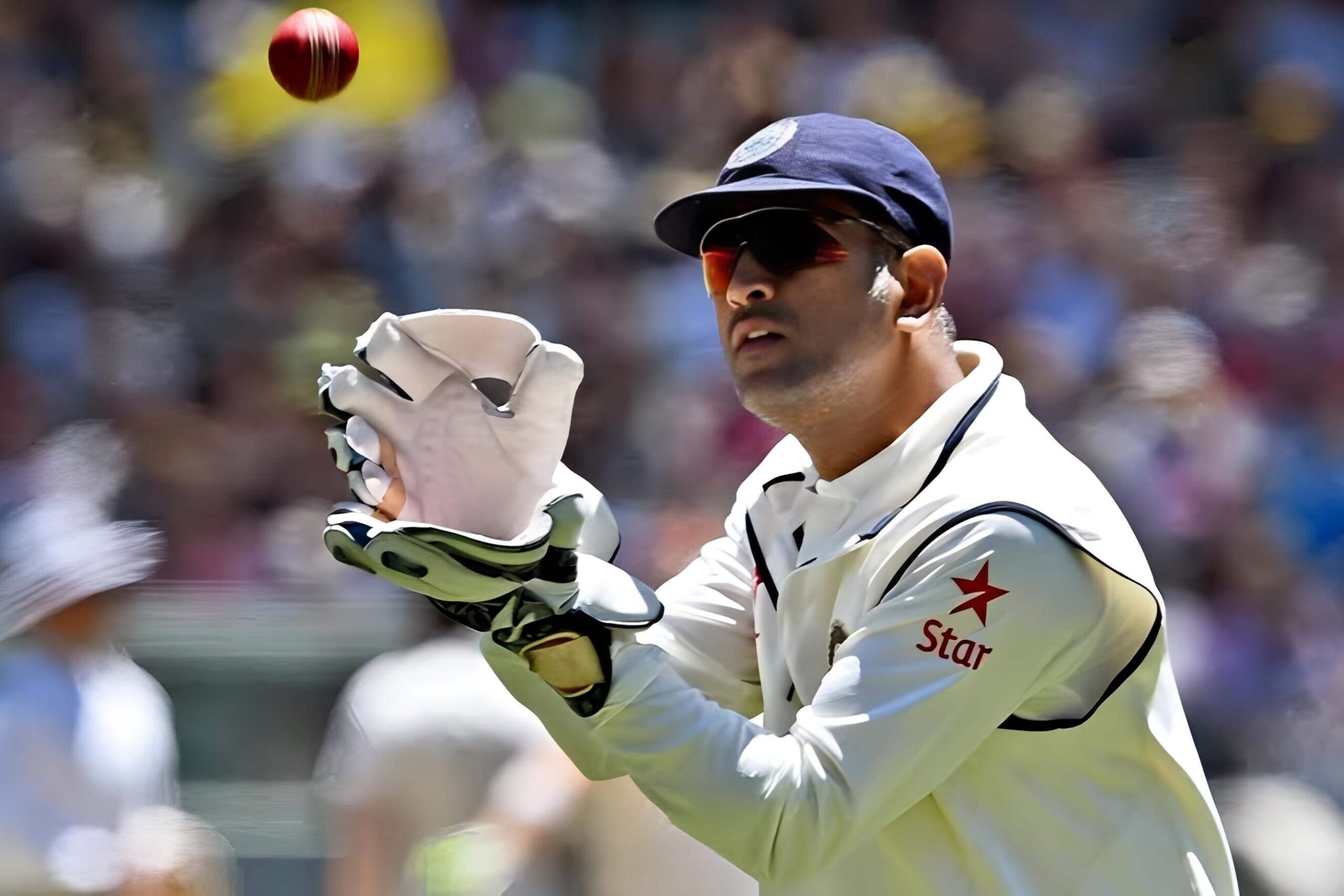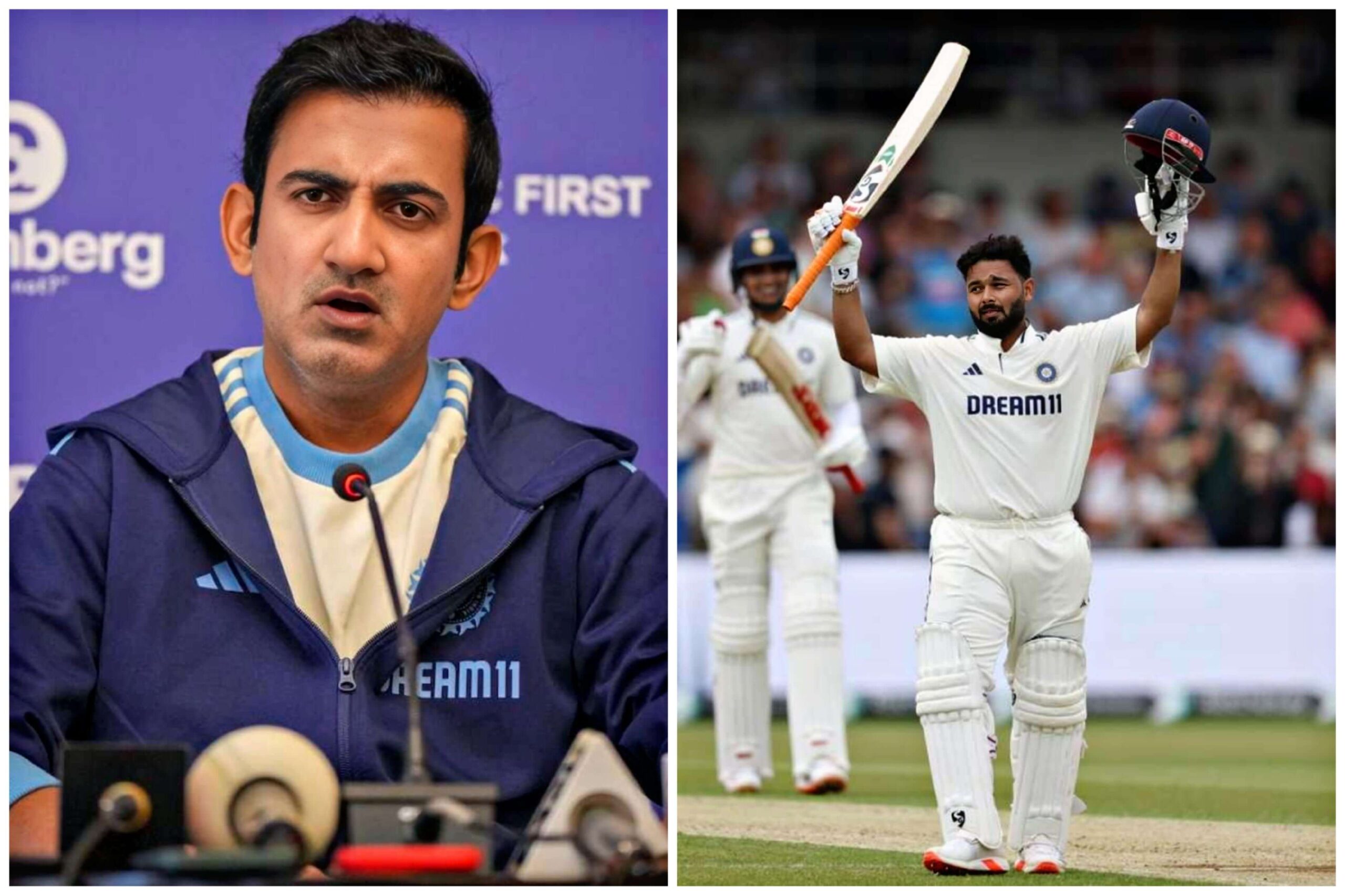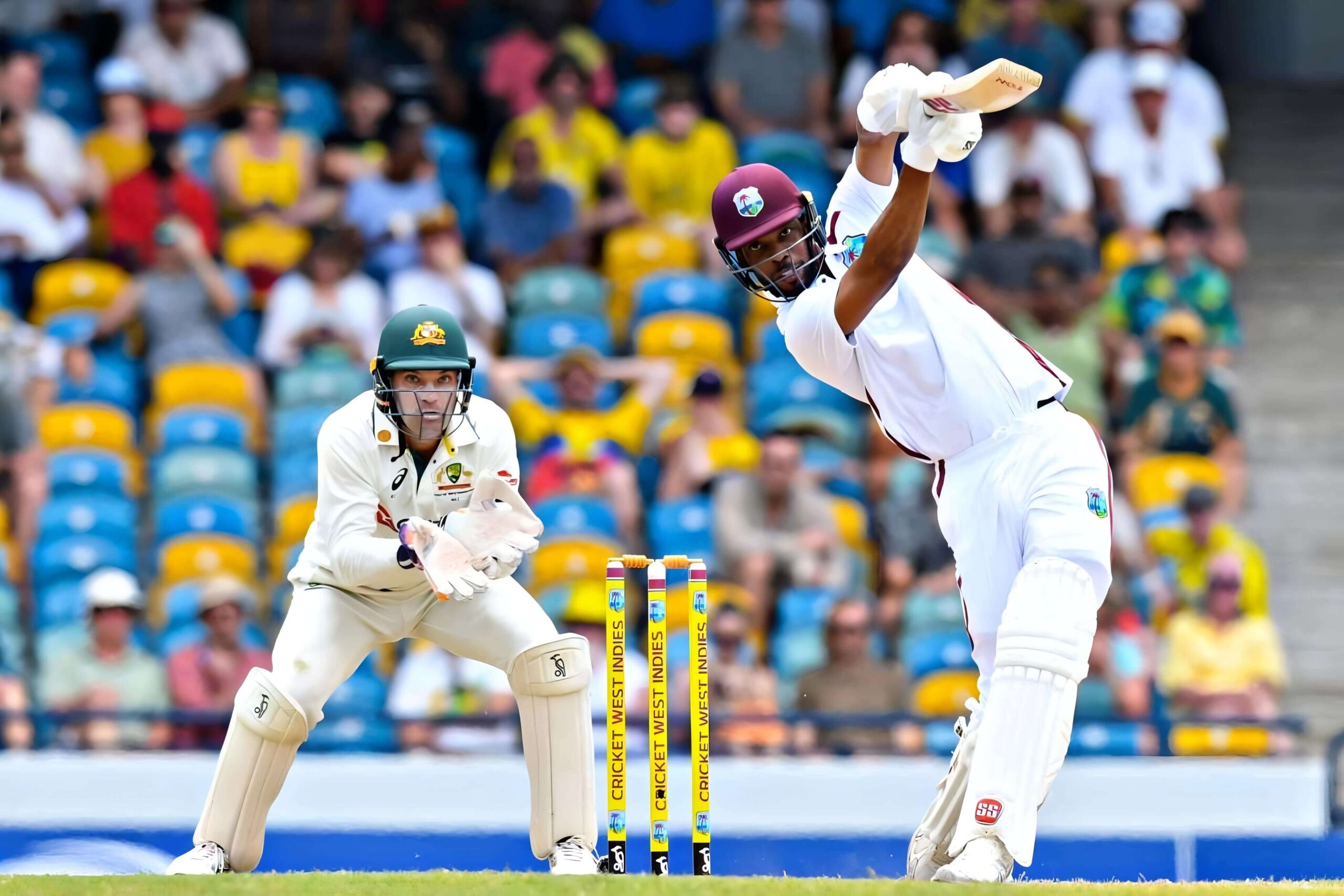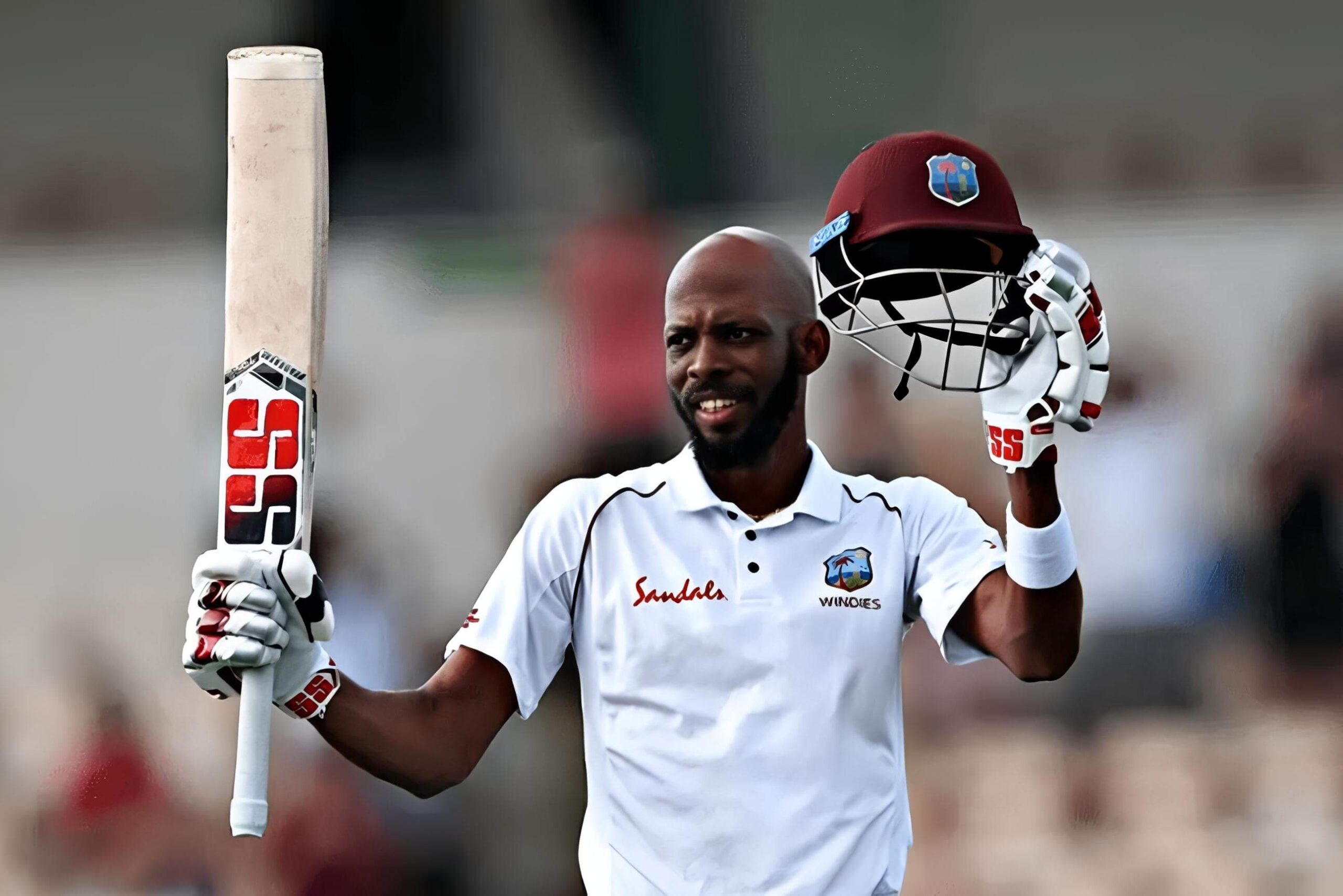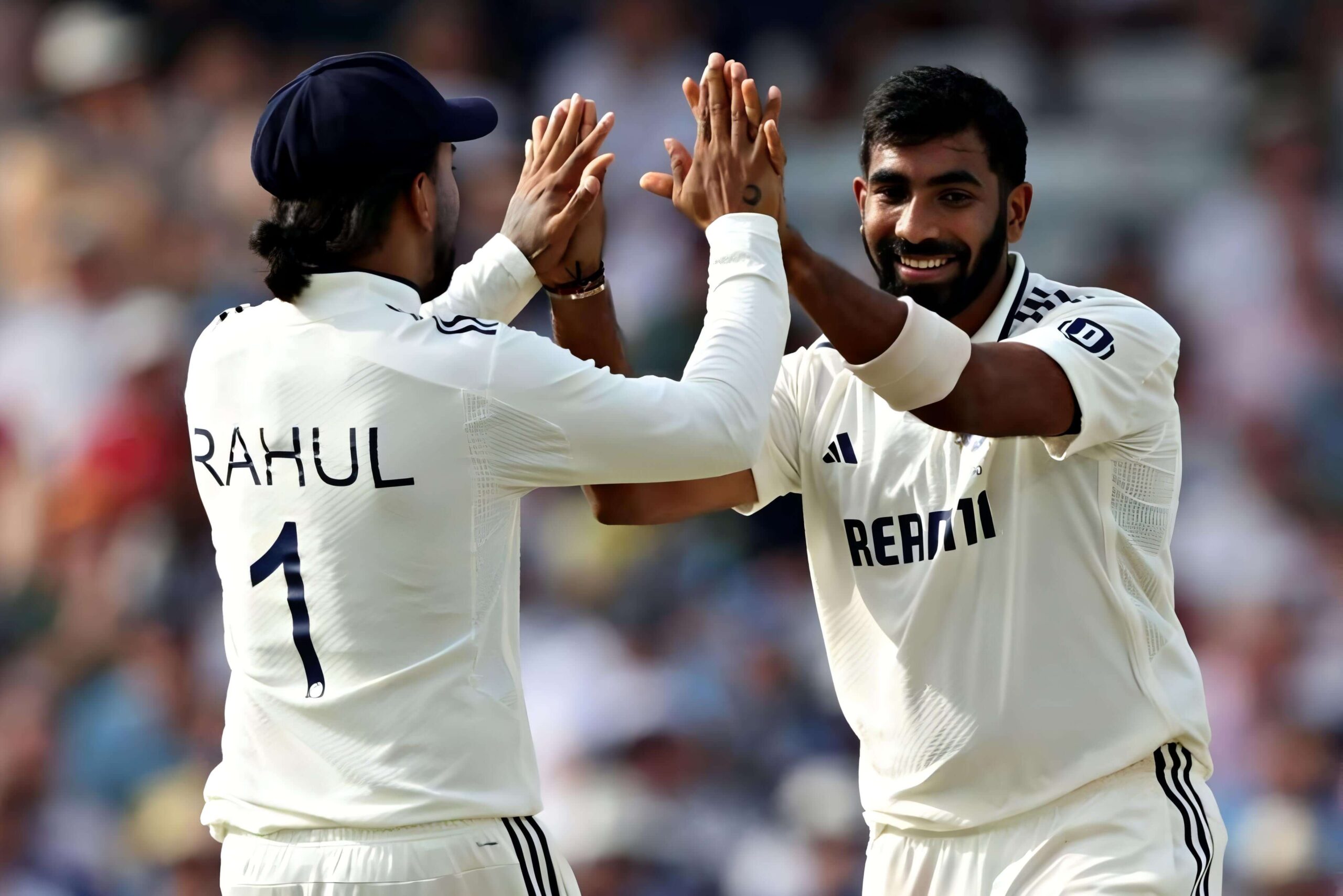Most catches by Indian wicket keeper in Tests
Wicket-keeping is one of the most demanding and critical roles in cricket. In Test matches, where patience and precision define greatness, Indian wicket-keepers have consistently shown remarkable skill behind the stumps. This article explores the top three Indian wicket-keepers with the most catches in Test cricket — MS Dhoni, Syed Kirmani, and Rishabh Pant — through their journeys, milestones, and contributions to Indian cricket.
—
1. MS Dhoni – The Icy Nerves with Lightning Hands (256 Catches in 166 Innings)
1.1 The Transition from Streets to Stadiums
Mahendra Singh Dhoni’s rise from a ticket collector in Ranchi to becoming India’s most successful captain is well documented. However, his sharp reflexes and calm composure behind the stumps are equally legendary. Dhoni wasn’t a conventional wicket-keeper when he began — his style was unorthodox but extremely effective.
1.2 Master of Situations
Dhoni’s strength lay in his anticipation. Whether it was a sharp edge or a leg-side nick, Dhoni’s glove work stood out under pressure. He took 256 catches in just 166 Test innings, which places him at the top among Indian wicket-keepers in Tests.
1.3 Iconic Catches and Moments
Some of his most memorable catches include dismissing Kevin Pietersen in Chennai (2008) and the sharp low grab to remove Michael Clarke in Australia (2012). Dhoni also had a unique way of standing up to the stumps for medium pacers, increasing chances of dismissals off edges and mistimed strokes.
2. Syed Kirmani – The Guardian of the 70s and 80s (160 Catches in 151 Innings)
2.1 The Original Gloveman
Long before Dhoni or Pant dazzled fans, Syed Kirmani was India’s premier wicket-keeper. He represented the Indian team during a time when spin bowling was at its peak, and he did a commendable job behind the stumps to legends like Bishan Singh Bedi and Bhagwat Chandrasekhar.
2.2 Technical Brilliance Behind the Stumps
Kirmani was a classical wicket-keeper with textbook technique. His footwork, balance, and ability to judge bounce made him stand out. In 151 Test innings, he completed 160 catches, a phenomenal feat in an era with less protective gear and rougher pitches.
2.3 Crucial Role in Historic Wins
Kirmani’s catches were often match-turning. His clean take off Kapil Dev to dismiss Allan Lamb during India’s 1986 England tour is etched in memory. He was also behind the stumps when India clinched the 1983 World Cup — a testimony to his lasting presence in crucial games.
—
3. Rishabh Pant – The Explosive New-Age Star (151 Catches in 86 Innings)
3.1 A Meteoric Rise
Rishabh Pant made his Test debut in 2018 and quickly established himself not only as a fearless batter but also as a sharp wicket-keeper. Despite early criticism for occasional lapses, Pant has drastically improved with experience, and his numbers speak volumes.
3.2 Fastest Among Indians to 150 Catches
Pant became the fastest Indian wicket-keeper to complete 150 Test catches, doing so in just 86 innings, which is significantly faster than both Dhoni and Kirmani. His agility and quick glove work, especially on turning tracks, have impressed fans and critics alike.
3.3 Key Performances Under Pressure
Who can forget his breathtaking catches during the Gabba Test in 2021 or his low diving take to dismiss Joe Root in Chennai? Pant has pulled off stunners that have helped India gain crucial breakthroughs. His energy behind the stumps is infectious, and his chatter adds entertainment and strategy to the field.
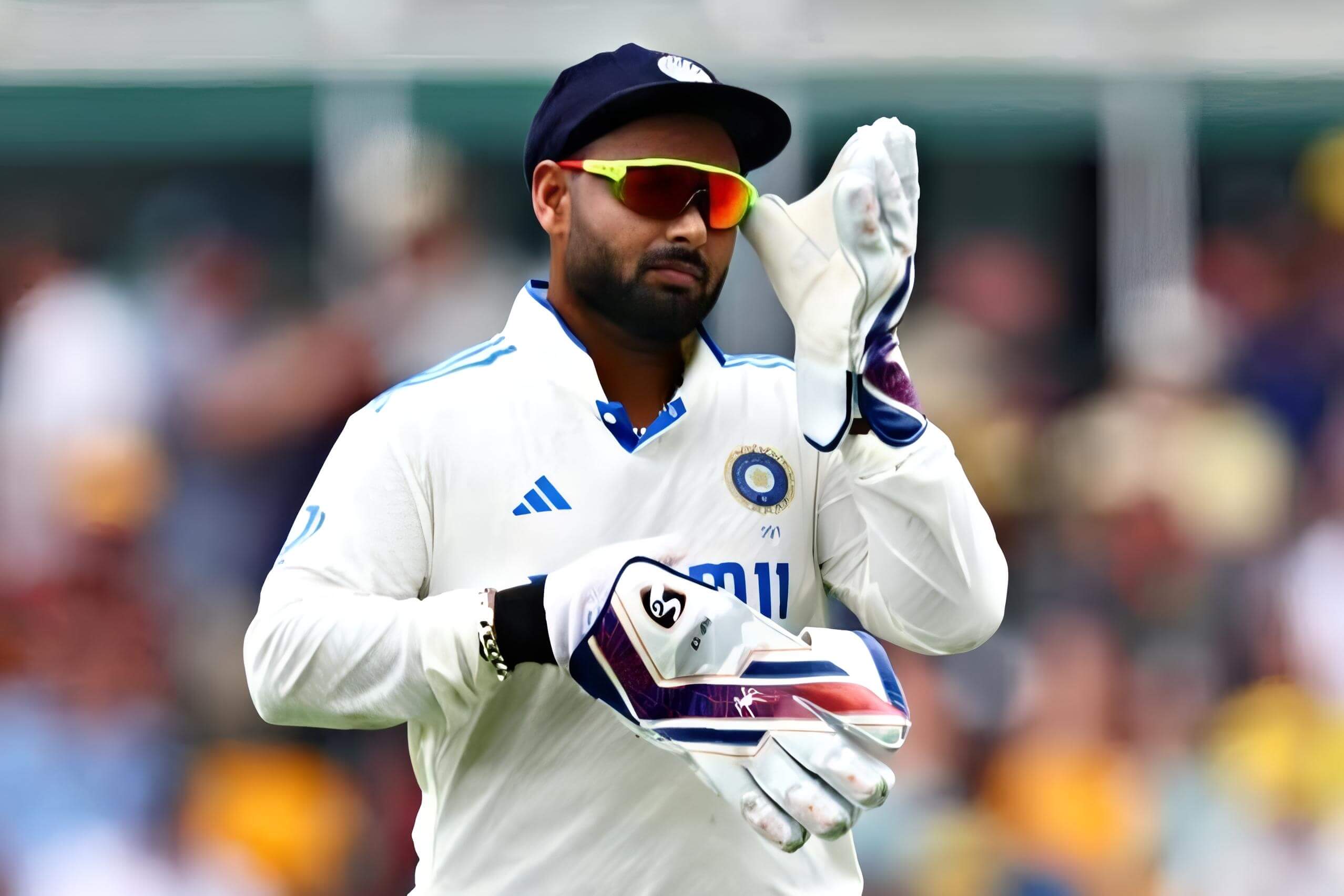
4. Comparing the Eras – Different Styles, Same Purpose
4.1 Evolution of Wicket-Keeping in India
While Kirmani symbolized technique, Dhoni brought innovation, and Pant represents aggression with flair. The conditions, oppositions, and technology may have changed, but the role of a reliable wicket-keeper remains irreplaceable.
4.2 Statistical Perspective
MS Dhoni: 256 catches / 166 innings → 1.54 catches per innings
Syed Kirmani: 160 catches / 151 innings → 1.05 catches per innings
Rishabh Pant: 151 catches / 86 innings → 1.75 catches per innings
Pant’s catch-per-innings ratio is the highest, showing his growing consistency despite playing fewer matches.
—
5. The Road Ahead – Can Pant Break Dhoni’s Record?
Given that Rishabh Pant is just 26 and already closing in on Dhoni’s record of 256 Test catches, it’s realistic to assume that Pant could become India’s most prolific wicket-keeper in Tests, if fitness and form stay on his side.
His improved technique, especially on foreign pitches, makes him a complete package. Pant is not just looking to fill Dhoni’s shoes — he’s carving his own path.
6. Honorable Mentions – Other Notable Indian Keepers
While these three top the chart, India has had other quality wicket-keepers who contributed significantly:
Nayan Mongia (107 catches)
Wriddhiman Saha (92 catches)
Kiran More (99 catches)
They may not have reached the numbers of Dhoni or Pant, but their reliability behind the stumps helped shape India’s bowling dominance at different stages.
—
7. Conclusion – Saluting the Stalwarts Behind the Stumps
The wicket-keeper is often the unsung hero — crouching for hours, diving, catching, stumping, and constantly staying alert. From Syed Kirmani’s grace, to Dhoni’s instincts, to Pant’s explosiveness, each of these players has redefined wicket-keeping in Indian Test cricket.
With Rishabh Pant’s career still unfolding, Indian fans can expect many more magical moments behind the stumps. The journey of Indian wicket-keepers continues — from classics to chaos, with every catch telling a story.
